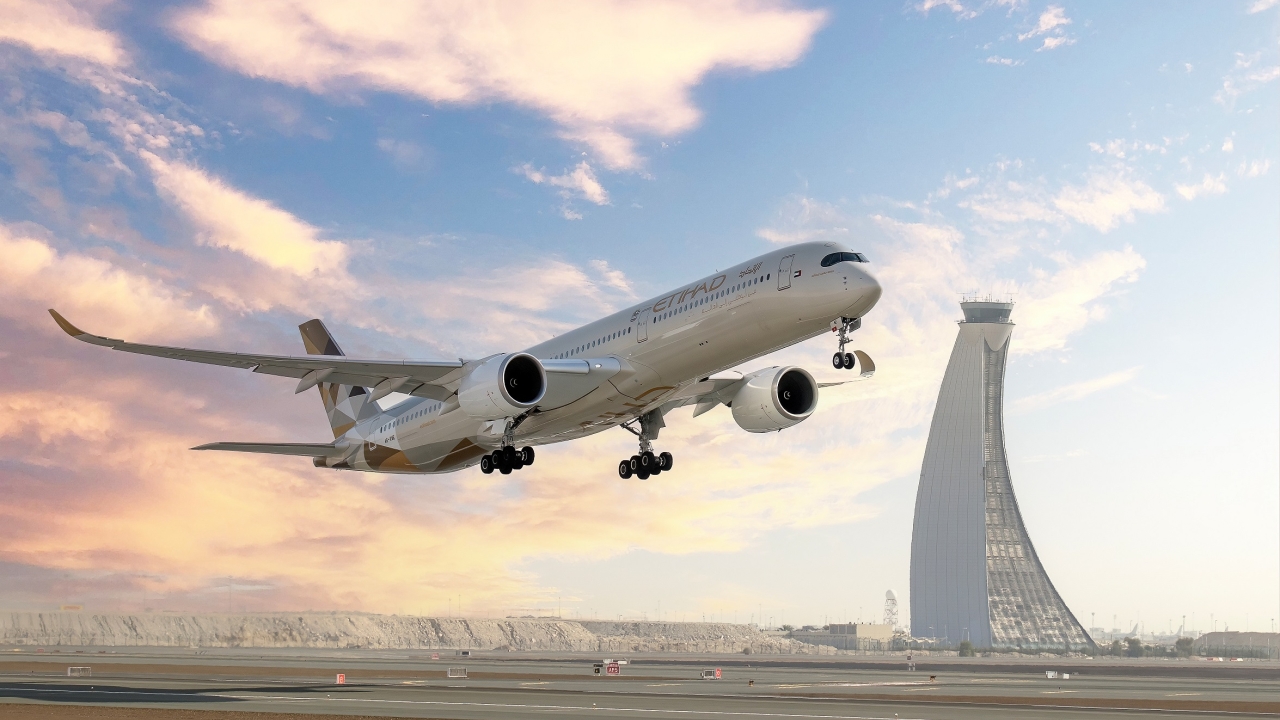Jazeera's DIY terminal
Fed up with your home base’s terminal being overcrowded? Build your own. Alan Dron finds out that Kuwait’s Jazeera Airways has done precisely that.

April saw the first passengers making their way through the doors of a new terminal at Kuwait International Airport.
Not the new main airport terminal – that is not due to come on line until 2021/22. Unwilling to wait that long, low-cost carrier (LCC) Jazeera Airways has constructed its own, dedicated building.
Its new terminal underwent a ‘soft launch’ throughout April as it gradually moved its operations into the building and ensured that its systems were working satisfactorily.
It is rare for a carrier – especially a relatively small one such as Jazeera, which is acquiring its 10th Airbus A320 this year – to undertake such a project, but it feels that the effort and expense (roughly KD14 million/$46 million) is worthwhile.
“Kuwait Airport is operating way beyond its design capacity,” explained Jazeera’s CEO, Rohit Ramachandran. “That’s a very important part of our passengers’ journey and if the very first experience is an unpleasant one, that doesn’t bode well for the whole journey.
“We decided around 18 months ago to take control of that whole passenger experience and began construction in April 2017. Our new terminal will cater for three million passengers annually, of which we currently have around 1.6 million, so there’s enough headroom to grow.
“From a passenger’s point of view, we wanted to make the terminal experience a very simple and straightforward process to transit through. The goal is to accomplish getting to the gate from the time you enter the terminal in 15 minutes.
“For example, as they enter the terminal, passengers will get a mobile app notification welcoming them and giving directions to the nearest check-in. There will be automated bag-drops both in the car park and in the terminal itself. A combination of Wi-Fi and beacons will direct them to the next step – for example, it will say to them ‘You need to be at the gate in 27 minutes’.
“We will have ‘e-gates’ to help them go through immigration using their Kuwaiti identity card, rather than going through passport control.”
Jazeera’s new terminal will have two air bridges and two ground gates for aircraft, but the airline is already looking at acquiring a further two air bridges. Additionally, there will be an airside link between Jazeera’s terminal and the main building, to allow passengers to connect between flights.
There were, said Ramachandran, three very strong justifications for spending so much of the airline’s money on the new building.
Firstly, it would no longer have to pay BGCA, the operator of Kuwait International Airport, to use the facility. Secondly, it would give Jazeera significant avenues to monetise its own facilities, such as food and beverage outlets and duty-free shops. And finally: “We have additional capacity available if other, like-minded, airlines want to use the terminal. We will certainly consider that, for a fee.”
Operationally, Jazeera has put on hold its plans of finding a partner with which it could operate long-haul flights, in favour of expanding its own short- and medium-haul network.
It is particularly increasing the number of destinations it serves in India; it opened a route to Hyderabad last November and to Kochi and Ahmedabad in January, all of which are out-performing their business plans, said Ramachandran.
There are more than one million Indian nationals working and living in Kuwait and most make regular trips to and from the sub-continent, either for holidays or at the start and end of contracts.
“Previously, around 65% used to go via other points in the Gulf, such as the UAE, Bahrain and Qatar.” They now have the option of flying direct to Kuwait.
A major problem in the Kuwaiti market in recent years has been over-capacity and both Ramachandran and Jazeera’s chairman, Marwan Boodai, have spoken out about in the past about Gulf carriers with huge order backlogs frantically trying to find routes on which to deploy their new metal.
By way of example, Ramachandran said that one full-service UAE-based carrier operated five wide-bodied flights – including an Airbus A380 – to Kuwait daily, while another had no fewer than 12 services each day from Dubai. “Is there enough business for 12 flights a day? Obviously not, but it’s better than keeping the aircraft on the ground.”
Stay up to date
Subscribe to the free Times Aerospace newsletter and receive the latest content every week. We'll never share your email address.

